Home>Renovation & DIY>Tools & Equipment>Which Sandpaper Grit To Use For Wood
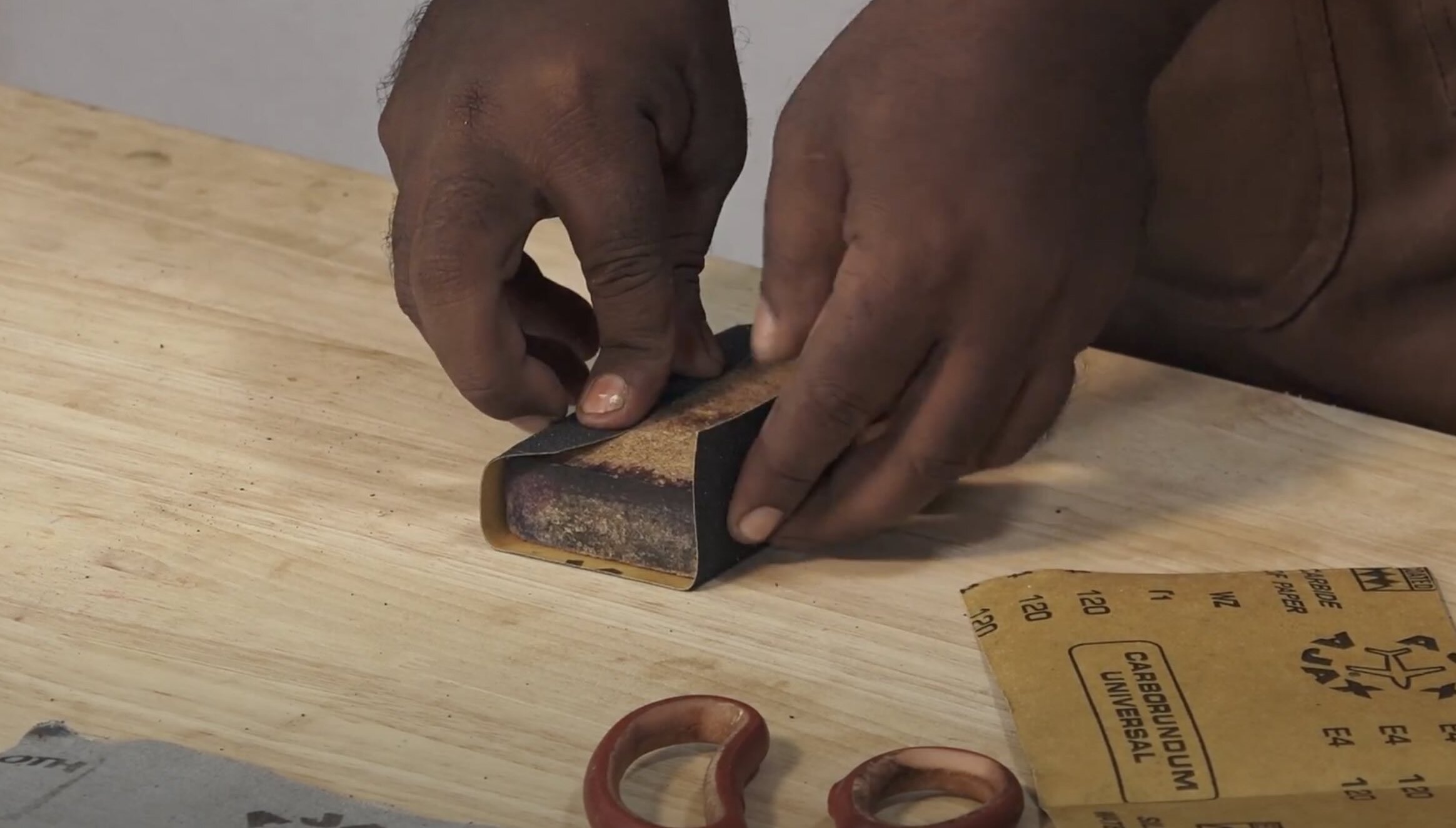

Tools & Equipment
Which Sandpaper Grit To Use For Wood
Modified: January 6, 2024
Discover the best sandpaper grit for woodworking projects with our comprehensive guide. Find the right tools and equipment for a smooth finish.
(Many of the links in this article redirect to a specific reviewed product. Your purchase of these products through affiliate links helps to generate commission for Storables.com, at no extra cost. Learn more)
Introduction
Welcome to the world of woodworking, where the journey from raw timber to a polished masterpiece is a labor of love and dedication. As any seasoned woodworker will tell you, sanding is an integral part of the process, and choosing the right sandpaper grit can make all the difference in achieving a flawless finish.
In this guide, we will delve into the nuances of sandpaper grit, exploring its significance in woodworking and unraveling the art of selecting the perfect grit for different stages of your woodworking project. Whether you're a novice enthusiast or a seasoned craftsman, understanding the role of sandpaper grit is crucial for achieving professional results.
So, let's embark on this enlightening journey through the world of sandpaper, where each grit tells a unique story of refinement and precision. By the end of this guide, you'll be equipped with the knowledge to elevate your woodworking endeavors to new heights, one perfectly sanded surface at a time.
Key Takeaways:
- Choose the right sandpaper grit for each woodworking stage: coarse for shaping, medium for smoothing, fine for polishing, and ultra-fine for a flawless finish. Match grit to wood type for best results.
- Master sanding techniques for different grits: use long, even strokes with coarse grits, combine strokes with medium grits, employ light, even strokes with fine grits, and delicate, feather-light pressure with ultra-fine grits.
Read more: Which Grit Sandpaper Is The Roughest
Understanding Sandpaper Grit
Before delving into the intricacies of choosing the right sandpaper grit for wood, it’s essential to grasp the concept of sandpaper grit itself. Sandpaper grit refers to the number of abrasive particles per square inch on the sandpaper. The higher the grit number, the finer the sandpaper, and the smaller the abrasive particles. Conversely, lower grit numbers signify coarser sandpaper with larger abrasive particles.
Common sandpaper grits range from as low as 40 (extra coarse) to 3000 (super fine), offering a spectrum of options to cater to various woodworking needs. Coarse grits are ideal for heavy material removal and shaping, while finer grits excel at smoothing surfaces and preparing them for the finishing touches.
Furthermore, understanding the relationship between grit and surface texture is pivotal. Coarse grits leave behind deeper scratches, which are gradually refined by intermediate grits before the final finesse of the finest grits. This progression from coarse to fine grits is the key to achieving a flawlessly smooth and polished wood surface.
It’s important to note that different sandpaper materials, such as aluminum oxide, silicon carbide, and ceramic, offer varying levels of durability and effectiveness for specific applications. Each material has its unique properties, making it essential to select the most suitable sandpaper for your woodworking project.
By comprehending the characteristics and applications of different sandpaper grits, you can harness the full potential of this humble yet indispensable tool. With this knowledge as your guiding light, you’ll be well-equipped to navigate the intricate realm of sandpaper grit and elevate your woodworking prowess to new heights.
Choosing the Right Grit for Wood
When it comes to woodworking, selecting the right sandpaper grit is akin to choosing the perfect brush for a masterpiece. Each stage of the woodworking process demands a specific grit to achieve optimal results, whether it’s shaping, smoothing, or refining the wood surface.
For initial rough sanding or shaping rough edges and uneven surfaces, coarse grits ranging from 40 to 60 are the go-to choice. These robust grits are adept at swiftly removing material, allowing you to sculpt the wood to your desired form with precision and efficiency.
As the woodworking project progresses, transitioning to medium grits, typically in the range of 80 to 120, facilitates the smoothing of surfaces and further refinement. These grits are instrumental in eliminating the coarse scratches left by the initial sanding, laying the foundation for a finer finish.
When the time comes to achieve a velvety-smooth surface ready for staining or painting, fine grits ranging from 150 to 180 come into play. These grits excel at polishing the wood, erasing any remaining imperfections, and preparing the surface to absorb the finishing touches flawlessly.
For the final stages of woodworking, ultra-fine grits, such as 220 to 300, are employed to impart an impeccable, satin-like finish to the wood. These grits are indispensable for achieving a surface that beckons to be caressed, showcasing the natural beauty of the wood in all its glory.
It’s crucial to adapt your choice of grit to the type of wood being worked on, as different wood species may respond differently to sanding. Hardwoods such as oak and maple may require a more gradual progression through the grits, while softer woods like pine and cedar may yield to coarser grits more readily.
By aligning the grit selection with the specific requirements of your woodworking project and the characteristics of the wood being worked on, you can harness the transformative power of sandpaper to elevate your creations to a realm of unparalleled refinement and allure.
Sanding Techniques for Different Grits
Mastering the art of sanding involves not only choosing the right grit but also employing the appropriate techniques to maximize the efficacy of each grit level. Understanding the nuances of sanding techniques for different grits is paramount in achieving a professional-grade finish on your woodworking projects.
Coarse Grits (40-60)
When working with coarse grits, the goal is to swiftly remove material and shape the wood to the desired form. Employ long, even strokes, moving with the grain of the wood to prevent unsightly cross-grain scratches. Applying gentle yet firm pressure ensures efficient material removal while maintaining control over the shaping process.
Read more: What Grit Sandpaper For A Wood Dresser
Medium Grits (80-120)
As you transition to medium grits, the focus shifts to smoothing the surfaces and refining the contours of the wood. Utilize a combination of long, straight strokes and broad circular motions to eliminate the coarse scratches left by the previous grit. Be mindful of maintaining a consistent pressure to achieve uniformity in the smoothing process.
Fine Grits (150-180)
With fine grits, the emphasis is on preparing the wood surface for the finishing touches. Employ light, even strokes, ensuring that the sandpaper glides effortlessly over the wood. This stage is crucial for erasing any remaining imperfections and achieving a surface that is receptive to stains, paints, or varnishes.
Ultra-Fine Grits (220-300)
When working with ultra-fine grits, adopt a delicate approach, using feather-light pressure to impart a lustrous sheen to the wood surface. Employing circular or figure-eight motions aids in evenly distributing the finishing touches, resulting in a flawlessly smooth and visually captivating finish.
Throughout the sanding process, periodically inspect the wood surface to ensure that the desired level of refinement is being achieved. Additionally, be mindful of the sandpaper’s condition, replacing it as needed to maintain optimal sanding performance.
By honing your sanding techniques to align with the specific requirements of each grit, you can unlock the full potential of sandpaper, transforming raw wood into exquisite works of art that exude craftsmanship and finesse.
Conclusion
Congratulations! You’ve embarked on an enlightening journey through the intricacies of sandpaper grit and its profound impact on woodworking. Armed with this newfound knowledge, you are now equipped to navigate the realm of sanding with confidence and finesse, transforming raw wood into polished masterpieces that beckon admiration.
From understanding the significance of sandpaper grit to mastering the art of selecting the right grit for each stage of your woodworking project, you’ve delved into the heart of the sanding process, unraveling its secrets and embracing its transformative power.
As you venture forth on your woodworking endeavors, remember that the choice of sandpaper grit is not merely a matter of numbers; it’s a symphony of precision and artistry, guiding the evolution of wood from its raw state to a refined, captivating form.
Embrace the diverse array of sandpaper grits as your allies in the pursuit of woodworking excellence, and let each stroke of sandpaper be a testament to your dedication to the craft. Whether you’re shaping, smoothing, or perfecting the wood surface, let the wisdom of sandpaper grit be your guiding light, illuminating a path to unparalleled craftsmanship.
With this comprehensive understanding of sandpaper grit and its applications, you are poised to elevate your woodworking endeavors to new heights, crafting pieces that are not merely functional, but exquisite works of art that embody your passion and skill.
So, go forth with your newfound knowledge, and may your woodworking journey be adorned with the symphony of sandpaper grit, each stroke bringing you closer to the realization of your woodworking dreams.
Remember, the world of woodworking is a canvas awaiting your artistry, and with the wisdom of sandpaper grit as your ally, the possibilities are as limitless as your imagination.
Frequently Asked Questions about Which Sandpaper Grit To Use For Wood
Was this page helpful?
At Storables.com, we guarantee accurate and reliable information. Our content, validated by Expert Board Contributors, is crafted following stringent Editorial Policies. We're committed to providing you with well-researched, expert-backed insights for all your informational needs.
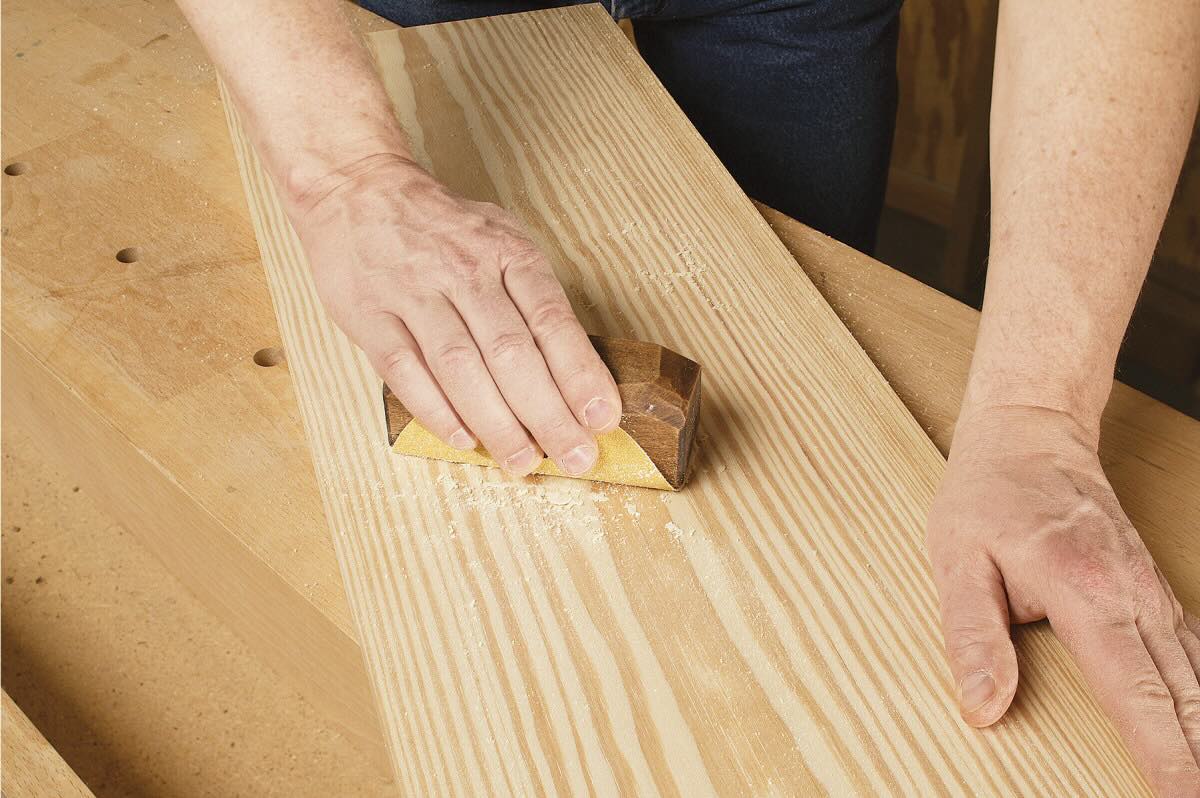
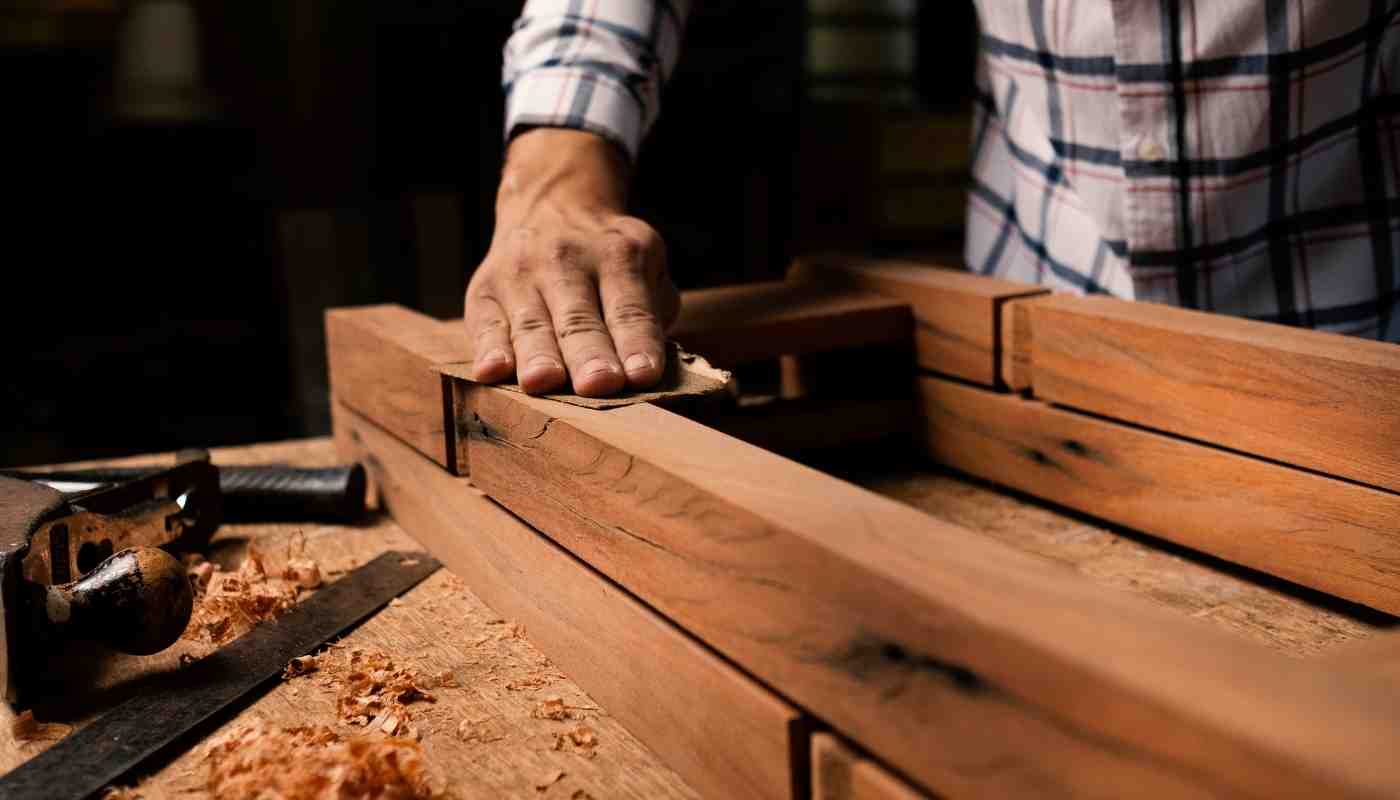
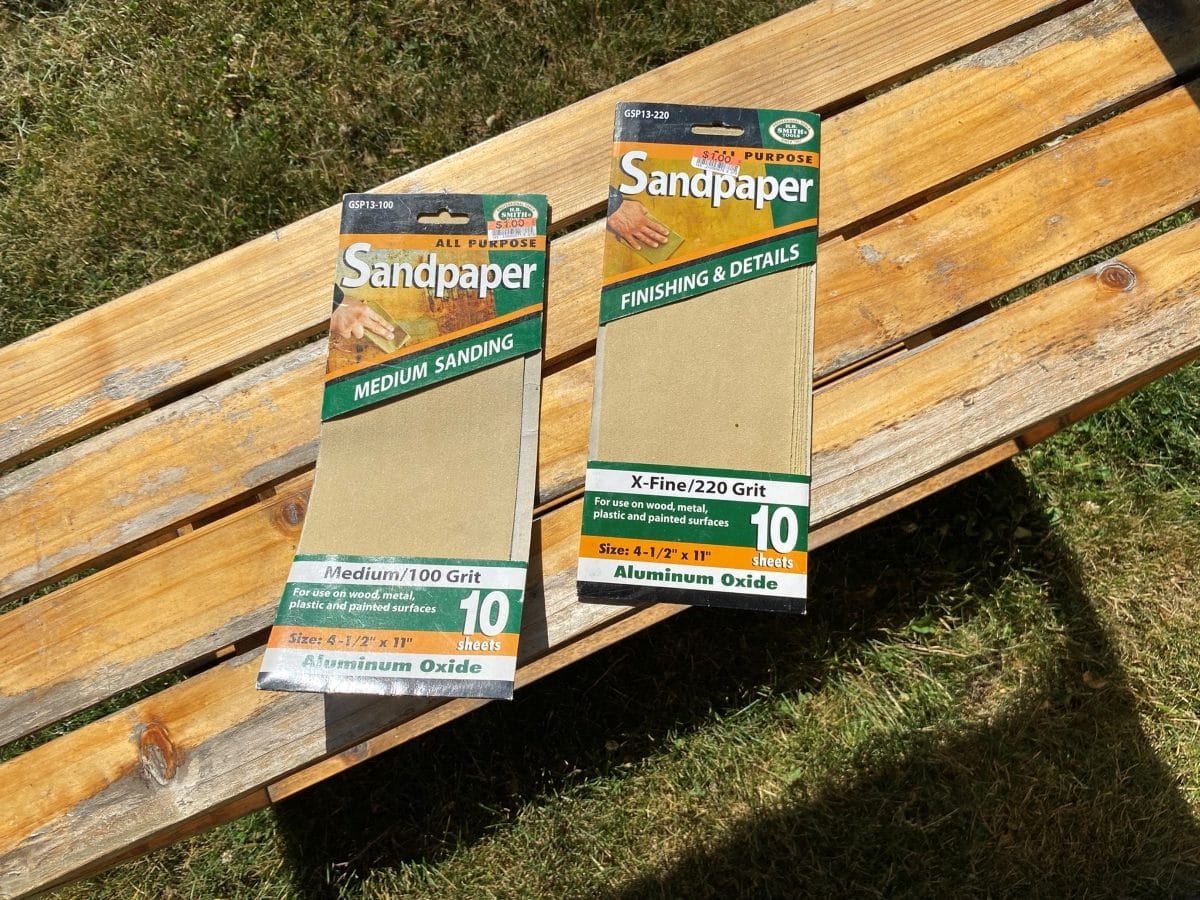
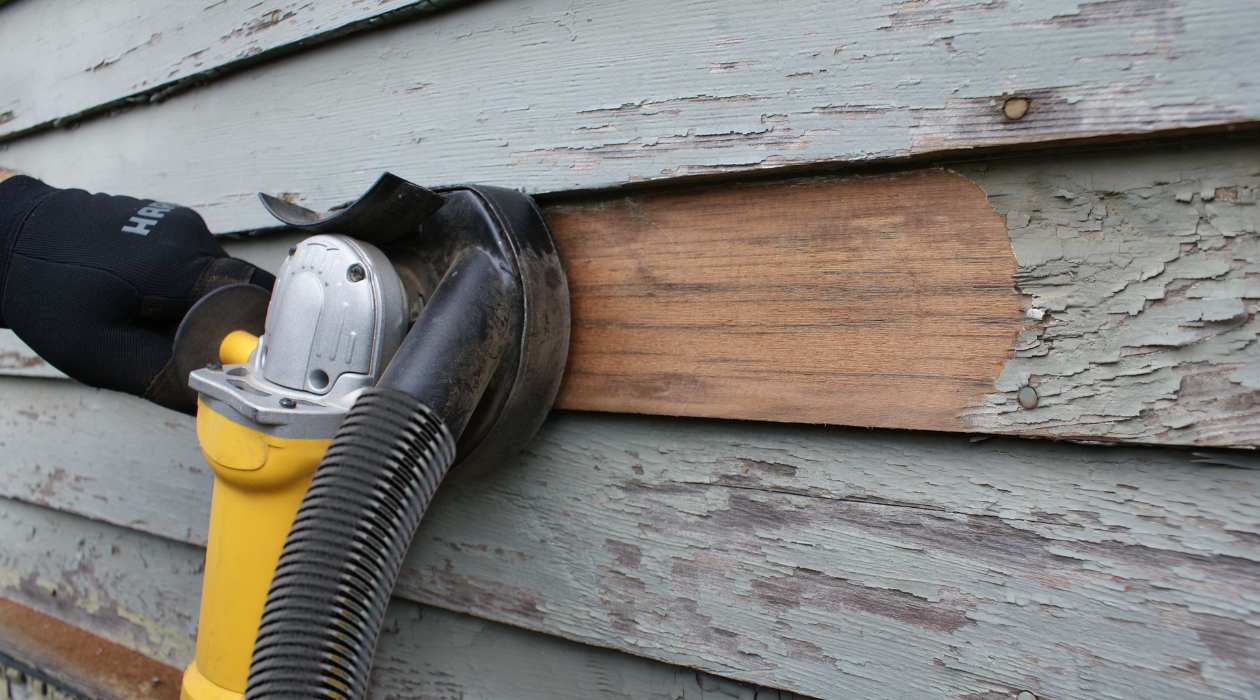
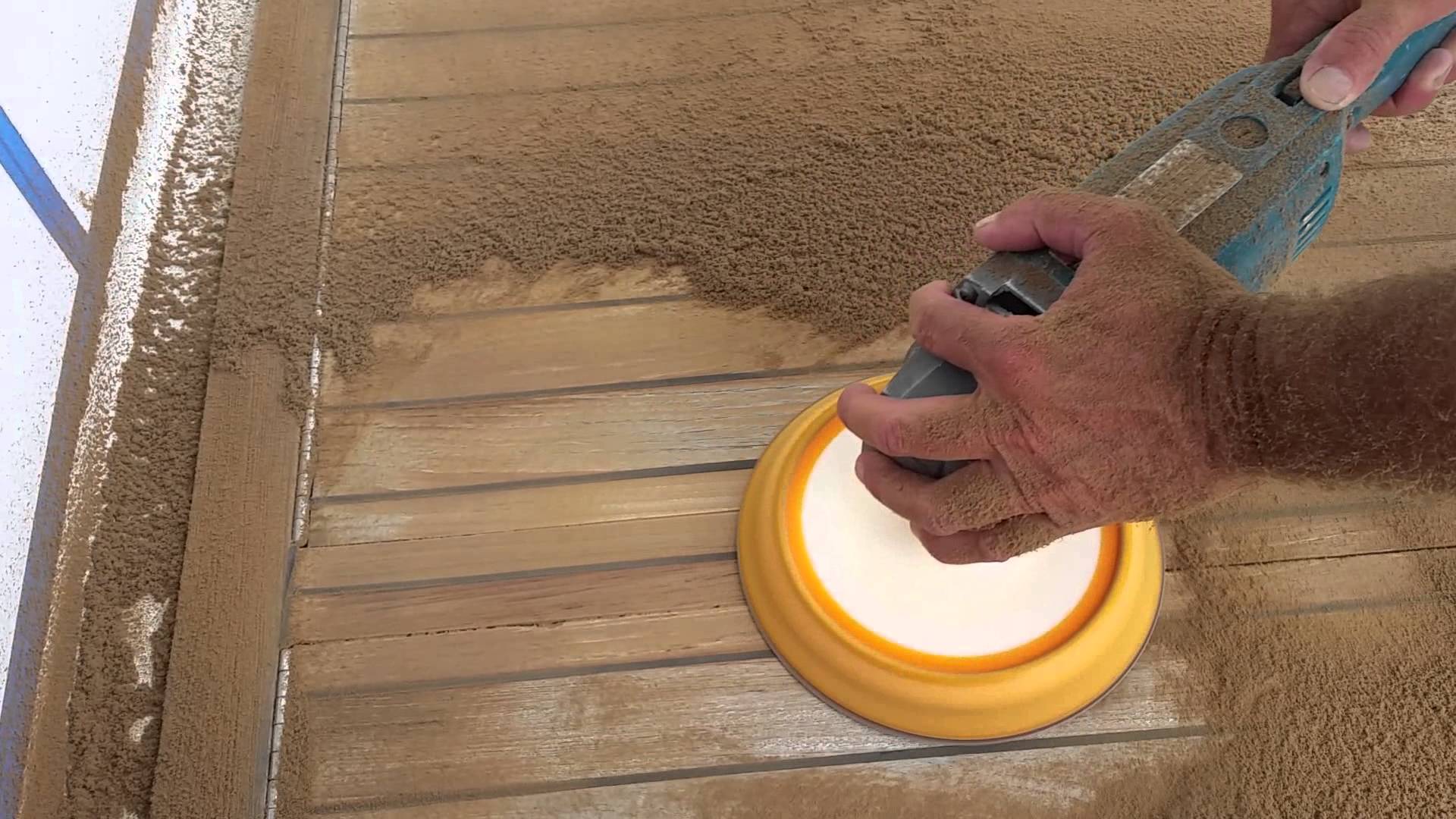
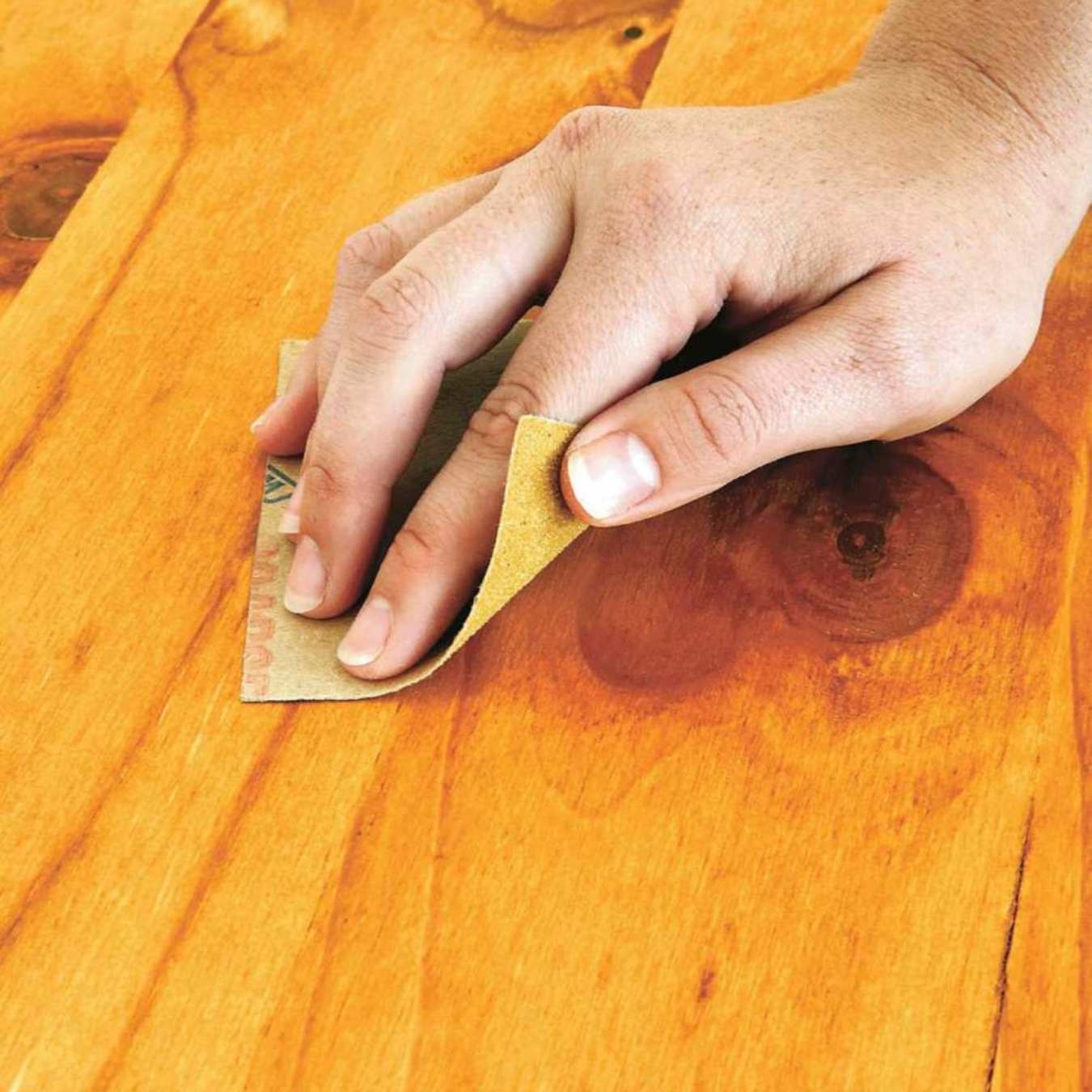
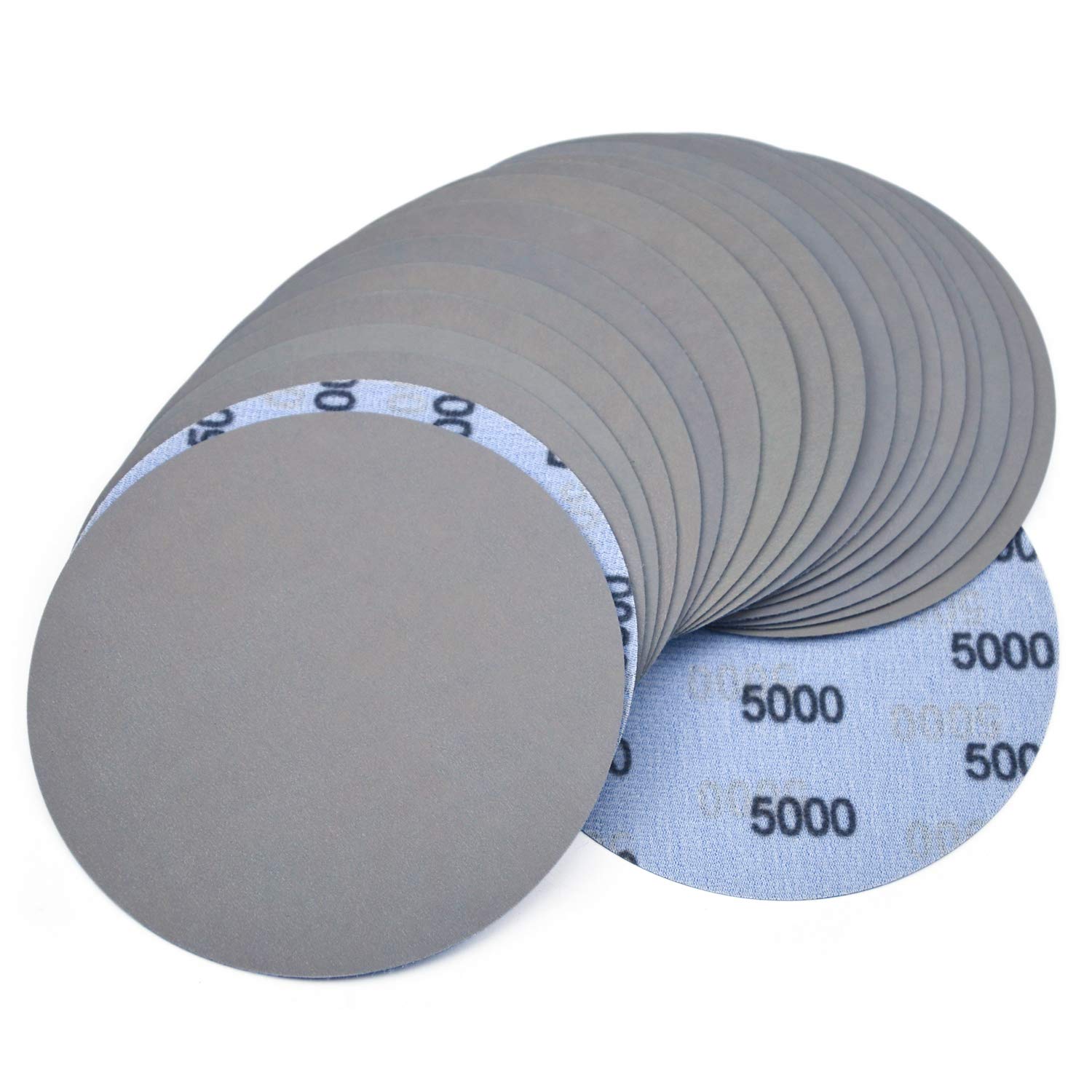
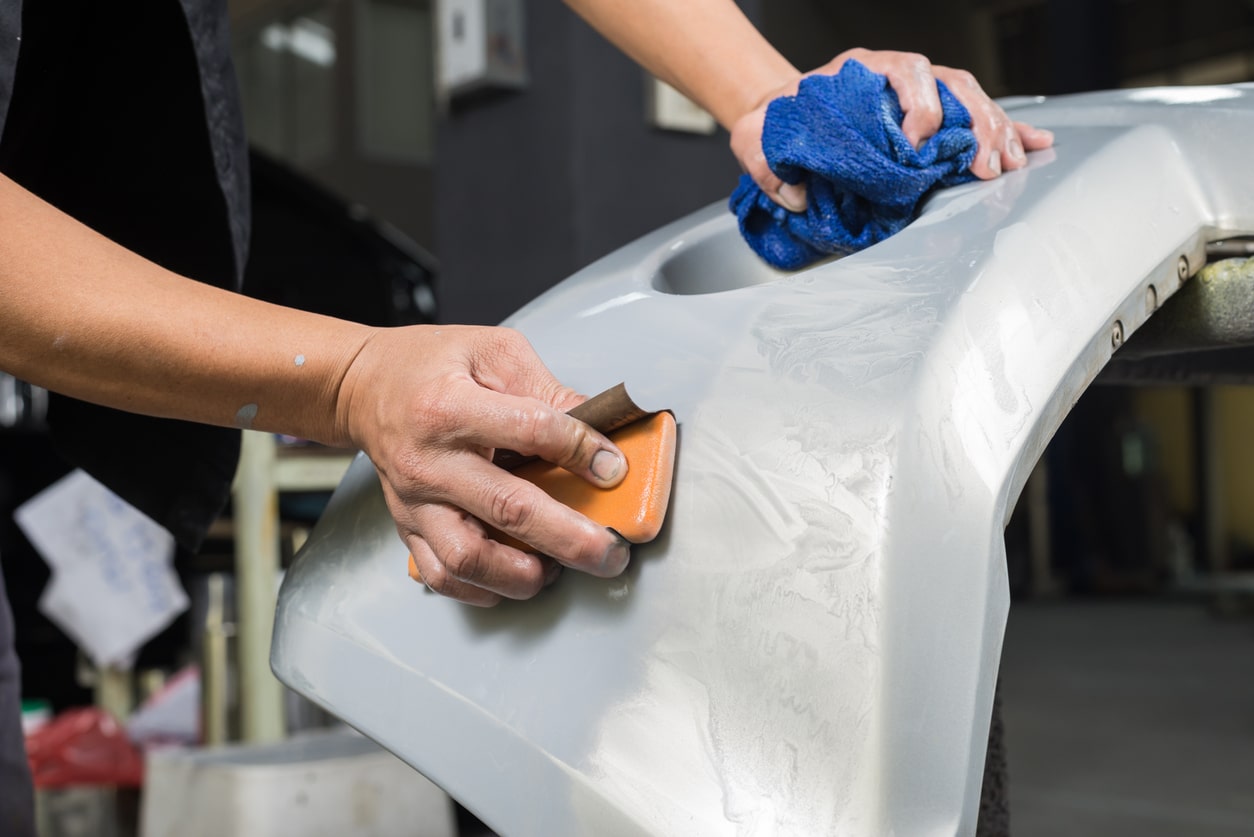
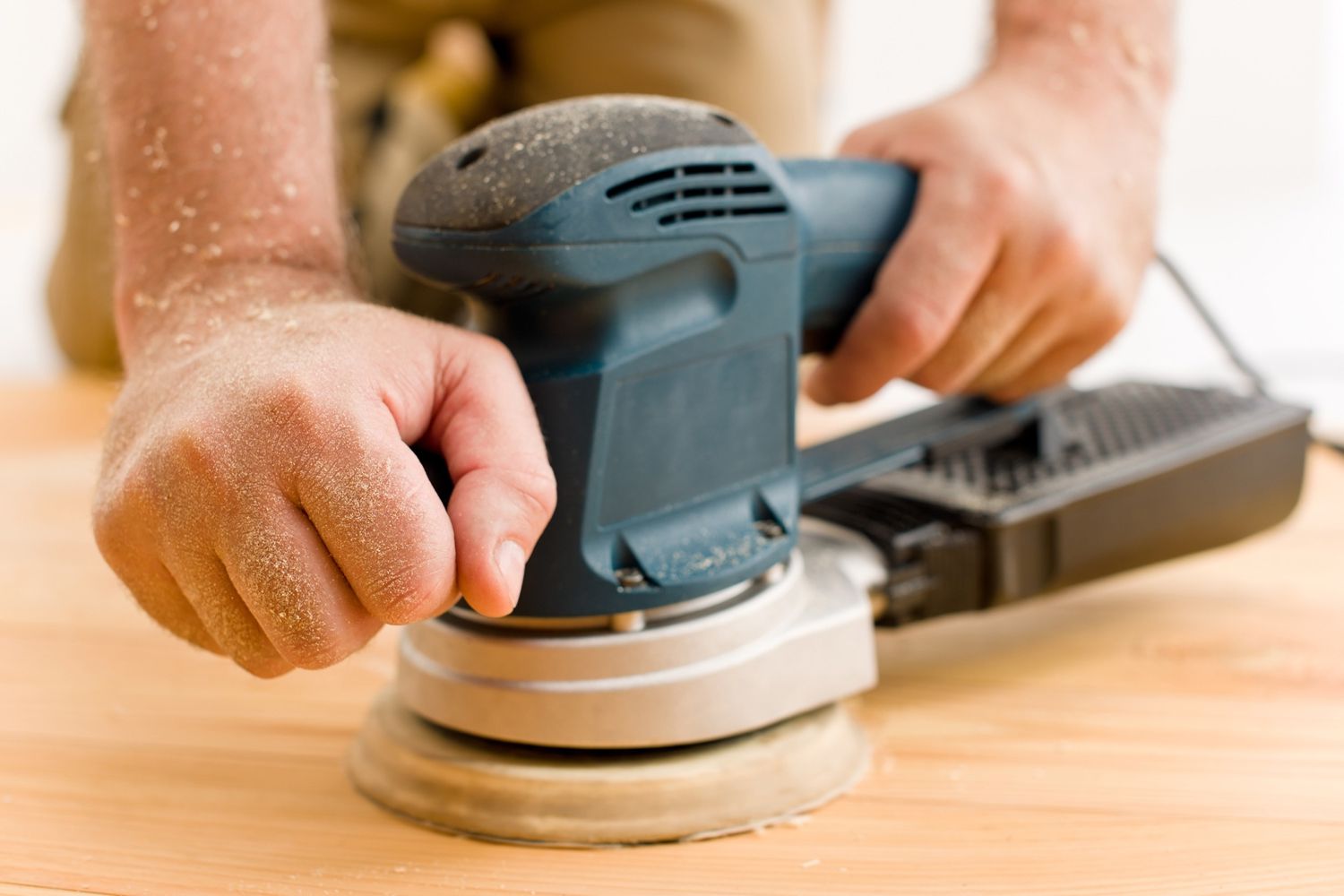
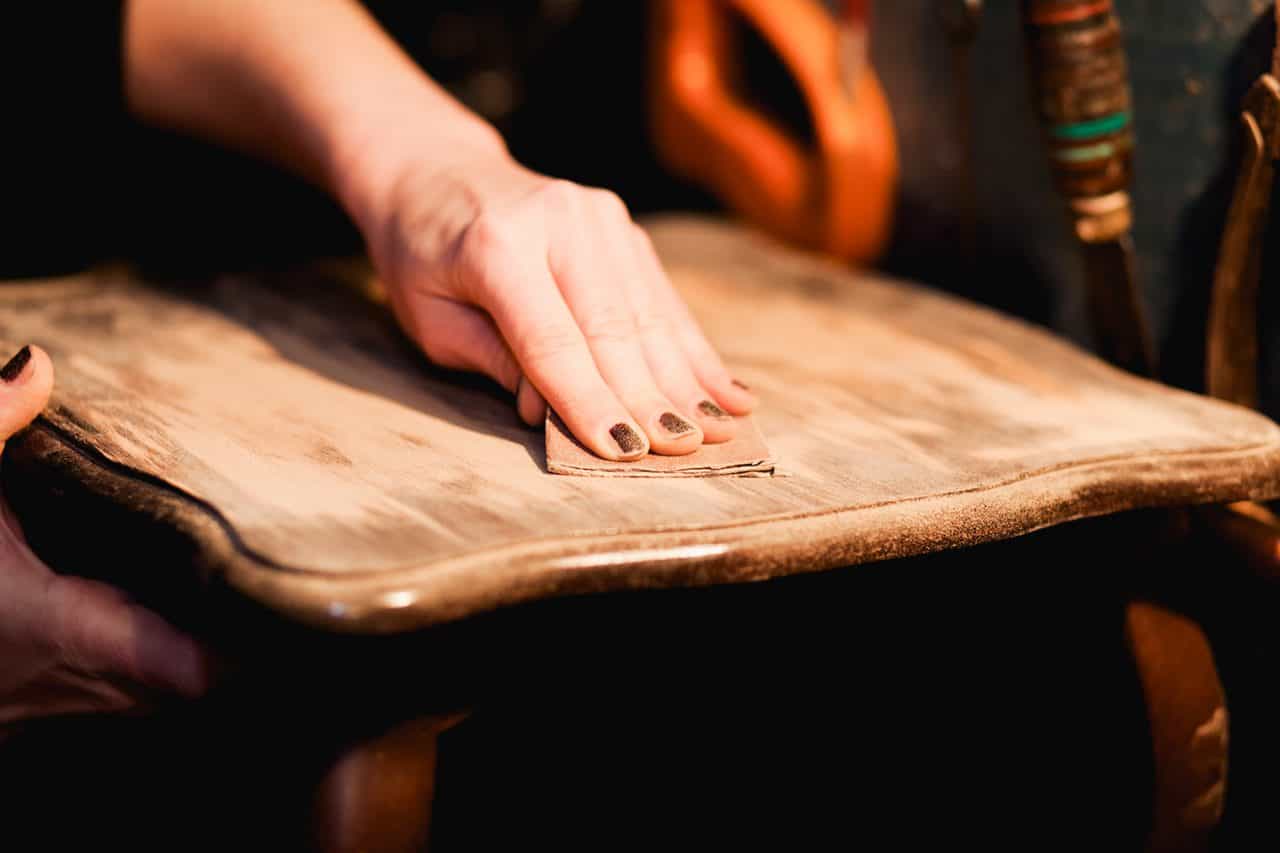
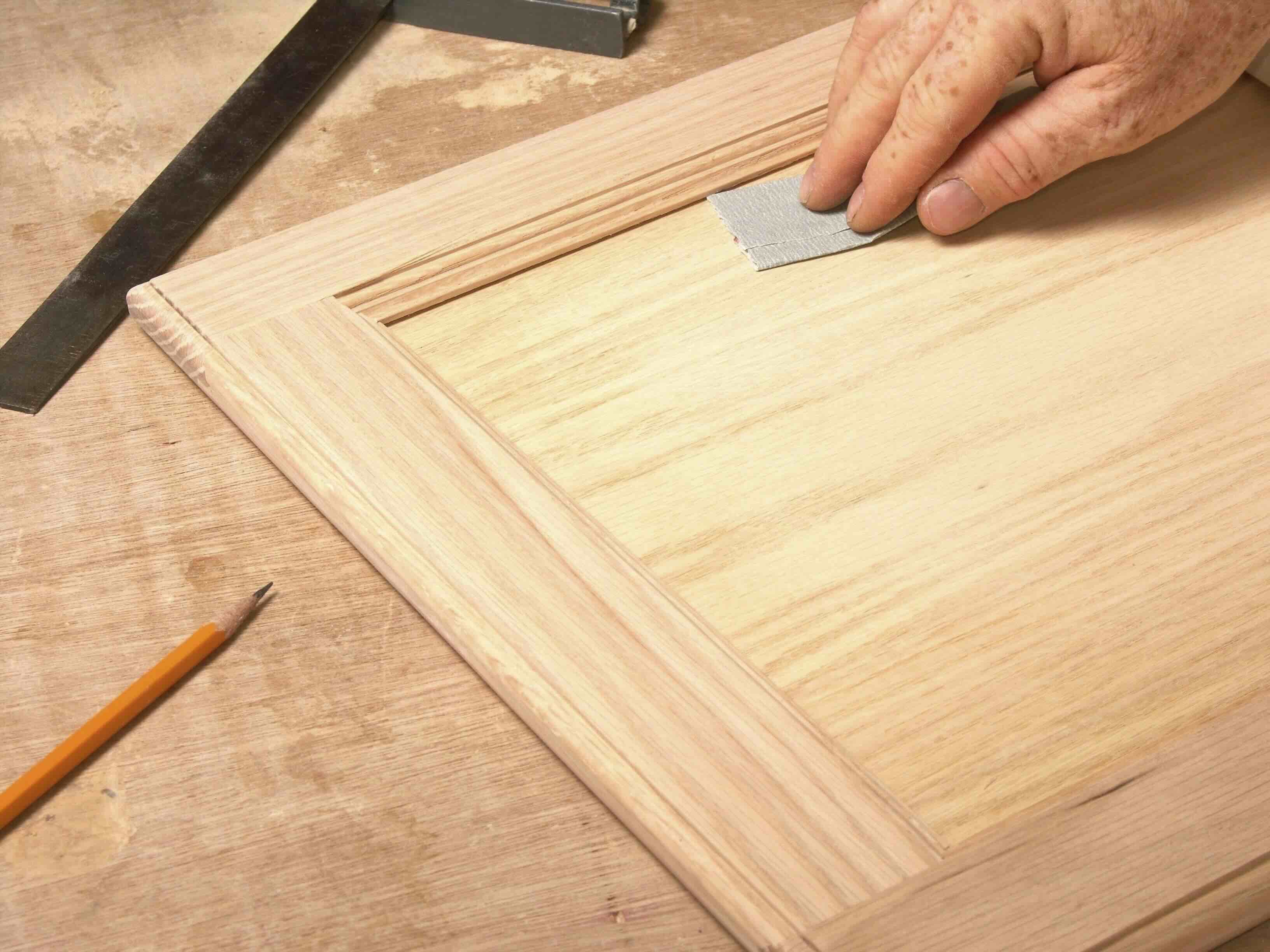

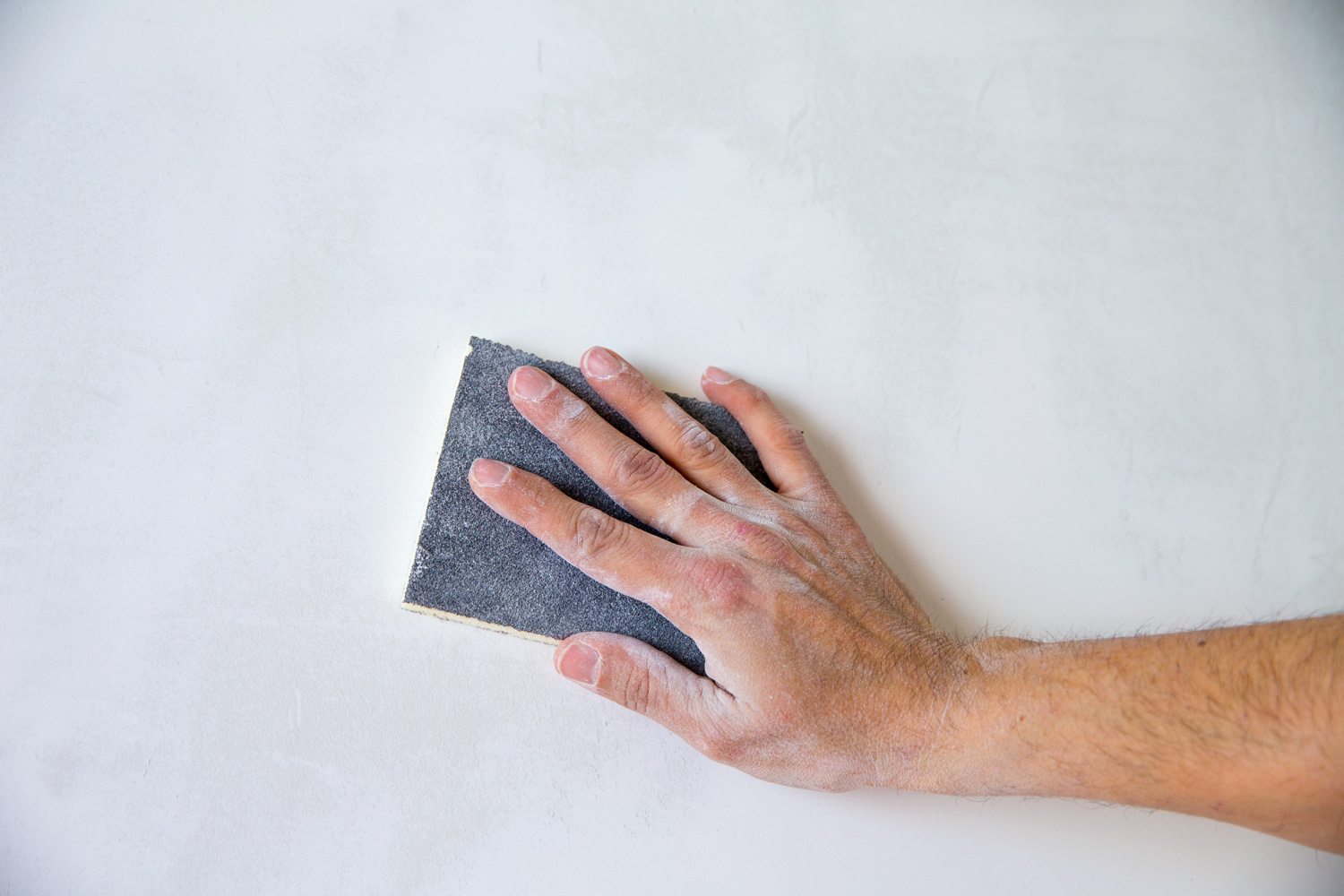
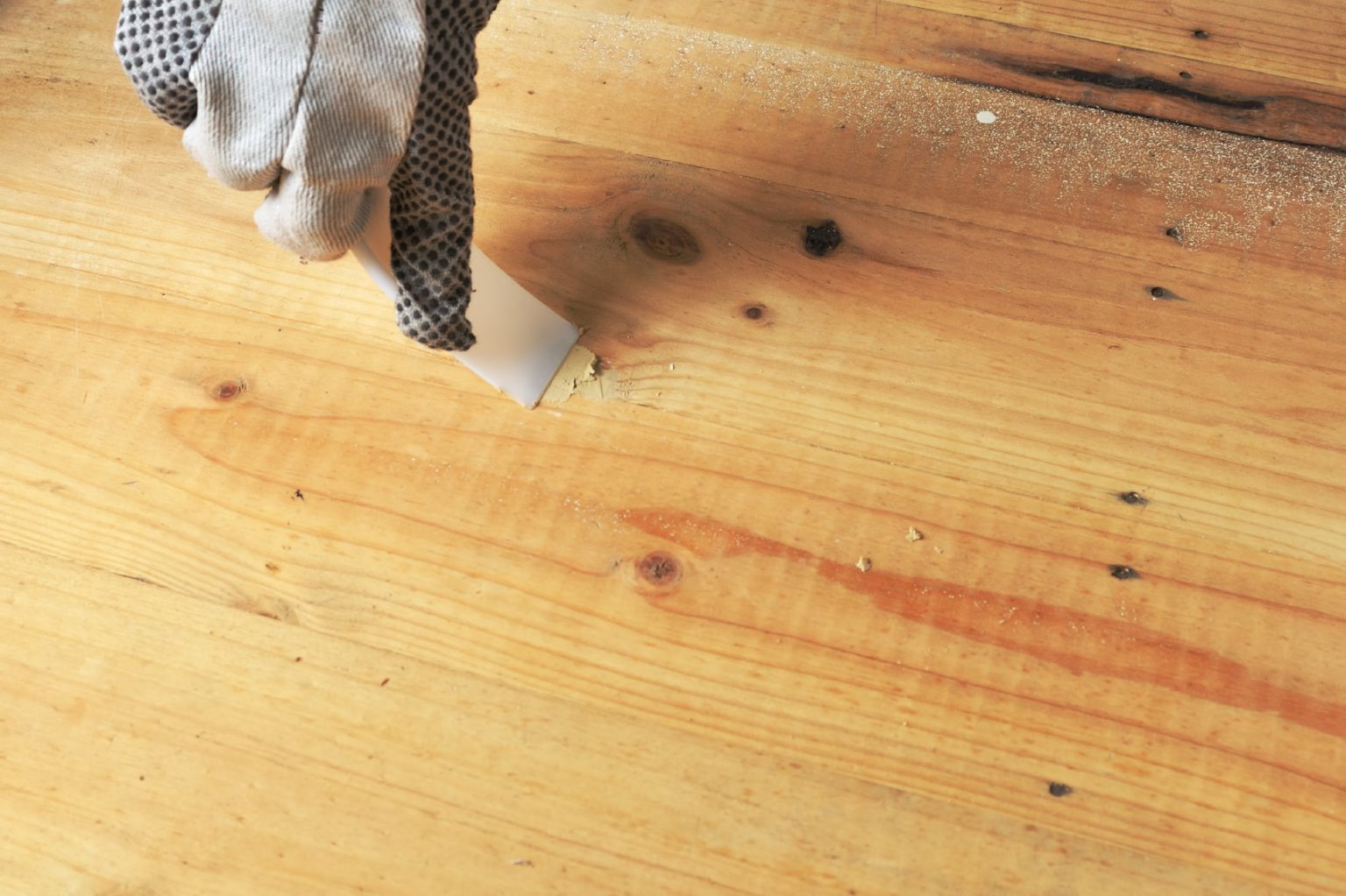

0 thoughts on “Which Sandpaper Grit To Use For Wood”